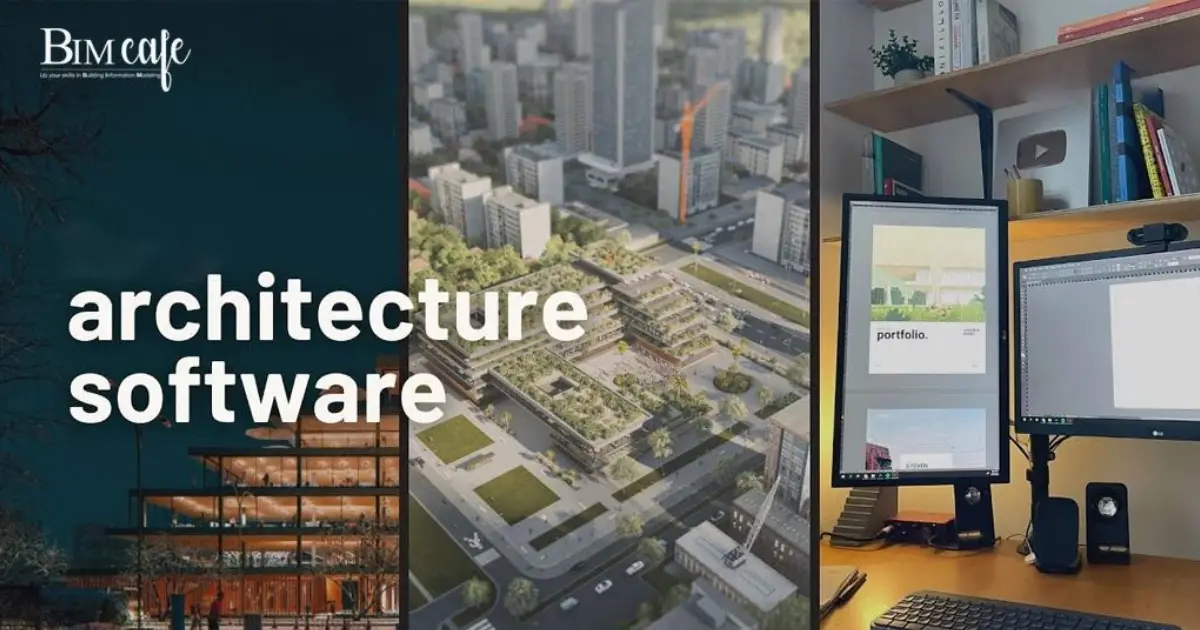
Author: Devika R
June 6, 2024
3 min read
The architecture industry thrives on innovation, which extends to the software architect’s use. Here is a look at some industry staples alongside exciting upcoming trends:
Established Powerhouses:
- AutoCAD (Autodesk): The OG of 2D and 3D design, AutoCAD boasts precision drafting tools, pre-built objects, and automation for efficiency.
- Revit (Autodesk): A BIM champion, Revit allows for data-rich parametric modeling, facilitating collaboration across disciplines throughout a project’s lifecycle.
- SketchUp (Trimble): Renowned for its user-friendliness, SketchUp is ideal for rapid 3D modeling and design exploration, making it a favorite for early-stage conceptualization.
- ArchiCAD (Graphisoft): A comprehensive BIM solution, ArchiCAD empowers architects with an integrated 3D environment for design and documentation. Changes made in 3D dynamically update drawings, fostering efficiency.
- 3ds Max (Autodesk): A powerhouse for 3D modeling, animation, and rendering, 3ds Max caters to detailed visualizations and complex object creation.
Emerging Frontiers

- Generative Design Software: Imagine software that can generate design options based on specific parameters! This future-facing technology is poised to revolutionize the design process by automating repetitive tasks and sparking fresh ideas. Ex: Dreamcatcher by Gehry Technologies uses AI to generate design iterations based on constraints.
- AI-powered Design Tools: Artificial intelligence is making inroads into architecture. AI can analyze vast datasets to optimize building performance, identify potential constructability issues early on, and personalize client design experiences. Ex: Autodesk Generative Design leverages AI to analyze design options based on energy efficiency or structural integrity.
- Virtual Reality (VR) and Augmented Reality (AR) Integration: Imagine stepping into your design before it is built! VR and AR are transforming design presentations and communication. Clients can virtually tour proposed structures, and architects can assess constructability and user experience in an immersive environment. For example, NVIDIA Omniverse Create allows architects to import 3D models from various BIM software and create real-time, collaborative VR experiences.
- Cloud-based BIM Platforms: Collaboration just got easier! Cloud-based BIM platforms enable real-time project updates accessible from anywhere. This fosters seamless communication and version control across geographically dispersed teams. Ex: BIM 360 (Autodesk) and Bentley OpenBuildings Cloud Services are examples of cloud-based platforms that streamline BIM project delivery.
The Future is Integrated:
While each software offers unique strengths, the future lies in integrated workflows. Architects will leverage a combination of these tools, with BIM as the central hub. Data will flow seamlessly, streamlining communication, optimizing design decisions, and ensuring buildings are beautiful but also functional and sustainable.





